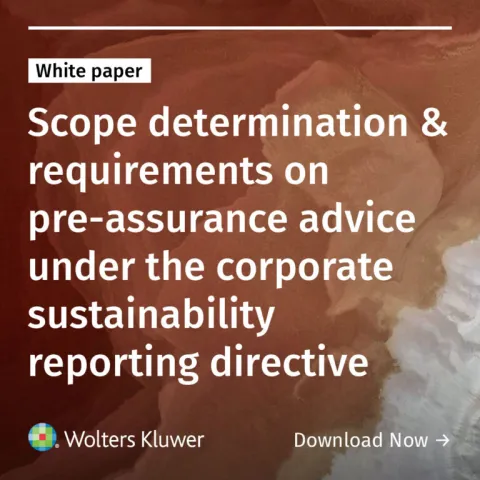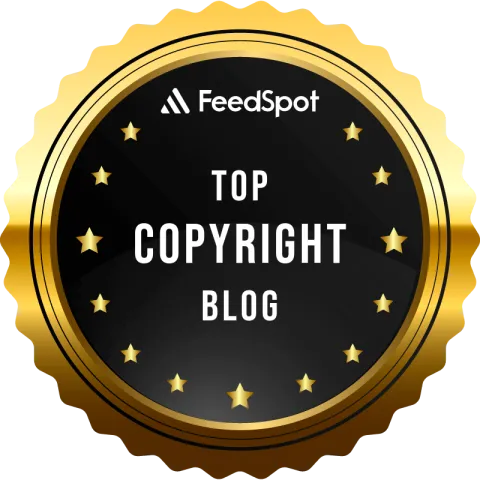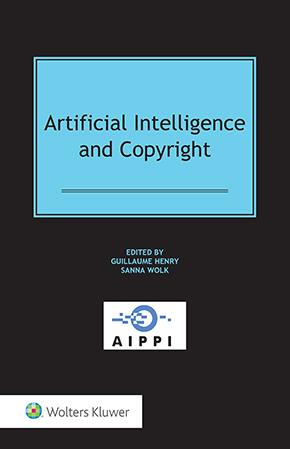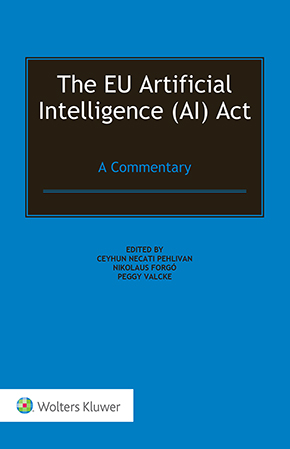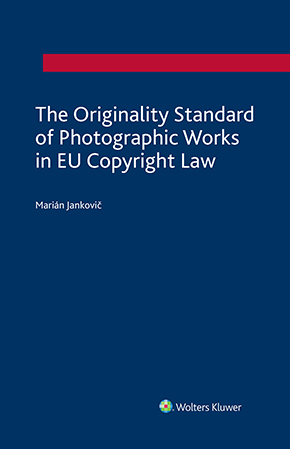Why does the press publishers’ right need to be complemented by competition law and regulation to ensure fair remuneration in the platform economy?
November 3, 2025
The digital revolution has transformed the news industry, with print newspapers and magazines losing readership as online platforms and digital media are gaining at their expense. Major digital intermediaries – particularly Google and Facebook – have become key gateways for accessing news, directing substantial traffic to publishers’ websites. This has created an ecosystem in which traditional media outlets, regardless of size, depend increasingly on these platforms to reach audiences and advertisers.
Economically, the relationship between press publishers and digital platforms has both complementary and competitive dimensions. On the one hand, a vertical interdependence exists: press publishers provide content that attracts users to platforms, while platforms in turn channel traffic to press publishers. On the other hand, they compete horizontally for user attention and advertising revenue.
However, the balance of power is uneven. Digital platforms benefit considerably from news content – enhancing user engagement and advertising value – without being equally dependent on press publishers. This asymmetry creates a free rider problem, as news aggregators and intermediaries exploit press content for their own gain, often without compensating its creators. Such practices erode press publishers’ incentives and capacity to invest in quality journalism. Furthermore, press publishers face opacity in how algorithms prioritise and display content, as well as in the collection and use of user data by news aggregators, which is rarely shared with content producers. News aggregators counter that their services increase press publishers’ visibility by directing users to original sites and tailoring content to user preferences. They argue that such intermediation enhances efficiency and consumer welfare. Yet, while these services may expand audiences, they also strip press publishers of control over the distribution and monetisation of their own content.
How Google circumvented the press publishers’ right
To rebalance bargaining power, the EU introduced a new ‘copyright-related right’ or ‘press publishers’ right’ in the 2019 Directive on Copyright in the Digital Single Market, granting press publishers a specific right over online uses of their publications. The intention was to secure fairer remuneration for press publishers from digital platforms and to preserve media pluralism. Prior to this reform, press publishers had only derivative rights based on their content creators’ copyrights, leaving them in a weak negotiating position vis-à-vis news aggregators.
The new right sought to harmonise protection for press content used online and strengthen press publishers’ ability to negotiate licences with digital services. It covers full or partial use of press content but excludes individual words, snippets, and hyperlinks. Short extracts, if misused, could still undermine press publishers’ investments.
Although the directive stipulates in Article 15(5) that authors must receive an ‘appropriate share’ of revenues, it does not define what that share should be or set out procedural rules for licensing and remuneration. Implementation across EU Member States has therefore been inconsistent, resulting in fragmented standards and enforcement.
The French Google News case illustrates the shortcomings of the press publishers’ right. In France, the transposition of this right required remuneration to reflect the value of press publishers’ investments, the role of news in informing the public, and the extent of use by platforms. Yet, when the law came into force, Google announced that it would cease displaying news snippets unless press publishers allowed free use of their content. Press publishers who refused were relegated to bare hyperlinks, drastically reducing referral traffic and advertising income.
Several press publishers lodged a complaint with the French competition authority, alleging that Google’s conduct constituted an abuse of dominance and unfair trading conditions. The authority agreed, holding that Google had exploited press publishers’ dependency by imposing zero remuneration while deriving commercial benefit from their content. It found Google’s conduct to involve unfair trading terms, anticompetitive discriminatory practices, and circumvention of the press publishers’ right. In 2022, the French competition authority accepted Google’s commitments to negotiate in good faith with press publishers, to remunerate the use of their protected contents in accordance with applicable provisions of intellectual property laws and along transparent, objective and non-discriminatory criteria.
Ways to reinforce the press publishers’ right
The Google News case in France demonstrates that copyright law reform, by itself, does not guarantee fair outcomes for press publishers. Google’s initial response illustrates how easily platforms can circumvent the provision to avoid payment. The effectiveness of the new right ultimately depended on competition law enforcement rather than copyright law.
This weakness of the press publishers’ right stems from the directive’s lack of procedural clarity on licensing and remuneration, leaving press publishers without a concrete mechanism to enforce their rights. While the law grants a theoretical entitlement to fair compensation, it fails to define the process or criteria for achieving it. As seen in the French Google News case, ensuring fairness also requires transparency on how revenues are calculated and distributed.
While competition law appears better suited than copyright law to counter digital platforms’ bargaining power, it too faces certain limitations. First, competition law is not designed to pursue non-economic objectives such as media pluralism or journalistic diversity. Protecting the democratic value of a free press thus remains incidental rather than central to its application. Second, market definition and power assessment are complex when dealing with digital intermediaries that may not hold the same dominance as Google or Meta but still exert significant influence. Third, enforcement can be slow and reactive. Lengthy investigations allow market distortions to persist, leaving press publishers vulnerable to financial collapse long before remedies take effect. Finally, competition policy is less effective when problems stem from structural imbalances or exploitative practices. Once market dominance becomes entrenched, competition alone cannot restore equilibrium or ensure socially desirable outcomes. Under EU competition law, under Article 102 TFEU holding an abuse of a dominant position is not objectionable – only the abuse thereof is. In those cases, regulation may be necessary to correct persistent power asymmetries.
Regulation can impose ex ante obligations to address structural market failures and social objectives, as opposed to competition law’s ex post correction of anticompetitive behaviour. Moreover, regulatory measures are generally much more extensive than competition rules and can specify precise obligations that cannot be imposed under competition law. In the media sector, regulatory approaches are justified not only by market inefficiencies but also by the societal importance of media diversity and the need for redistributive measures.
Yet, competition law and regulation need not be alternatives. A hybrid approach can yield stronger protection. Applying ex ante regulatory instruments to designated platforms – similar to the Digital Markets Act (DMA) – would prevent circumvention and reduce dependence on lengthy competition proceedings. A practical model for this is the Australian News Media Bargaining Code, which blends elements of competition law and industry-specific regulation. It compels designated platforms to negotiate payment for news content with press publishers and includes arbitration mechanisms if negotiations fail. Translating this model to the EU context could formalise commitments like those imposed on Google in France, offering an enforceable, proactive framework.
Such a code would oblige dominant platforms to compensate press publishers fairly for the use of their content and prevent avoidance tactics like hyperlink substitution. It would also ensure transparency in negotiations and enhance legal certainty for both sides. By embedding remuneration rights within a regulatory system rather than relying solely on copyright enforcement, the EU could achieve a more balanced and sustainable media ecosystem.
Thus, the most effective path forward for the EU lies in integrating the approaches above, i.e. copyright protection and the hybrid approach between competition law and regulation. Establishing a bargaining mechanism that is aligned with the DMA would institutionalise fair negotiations, promote accountability, and enhance the sustainability of quality journalism in the digital age.


